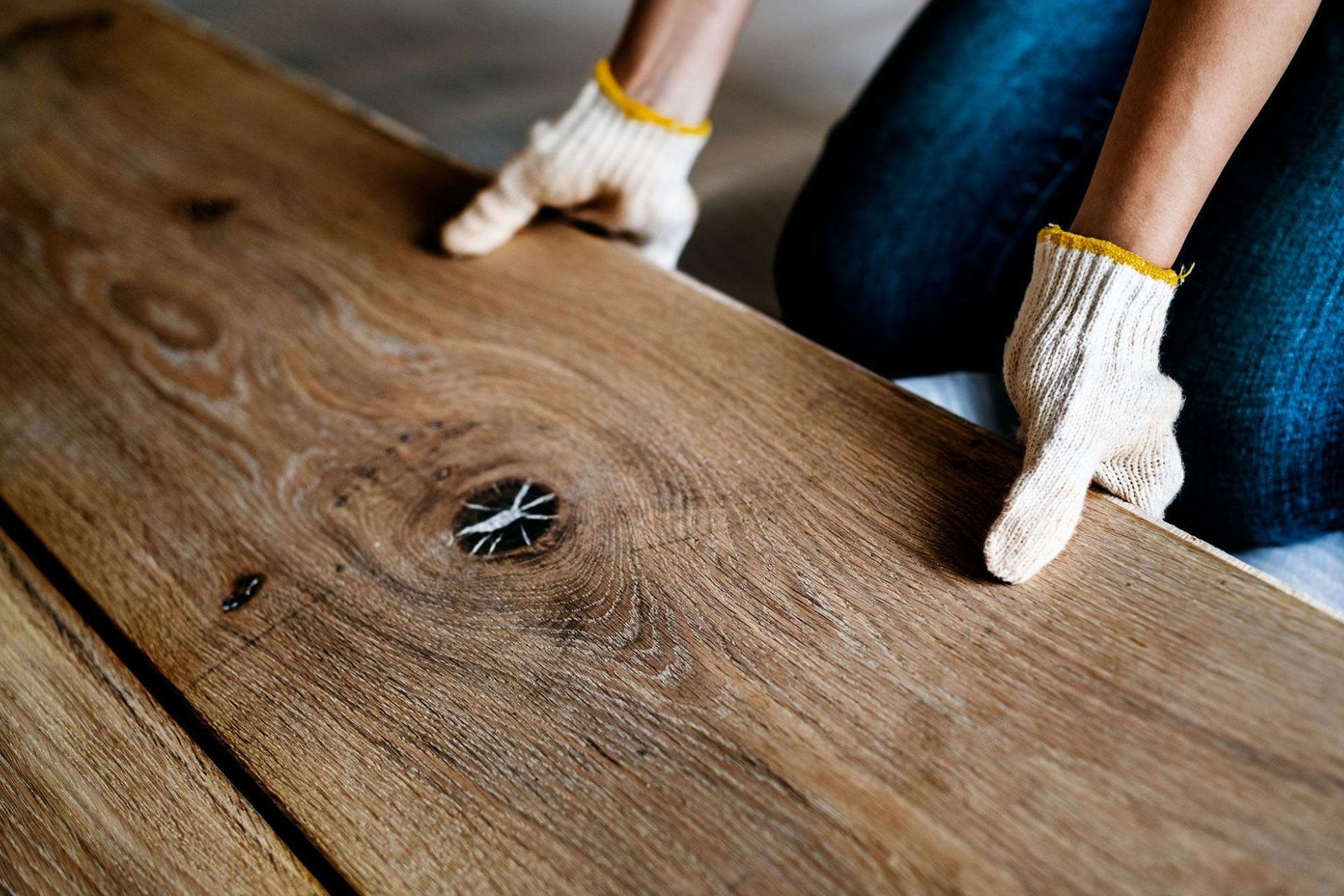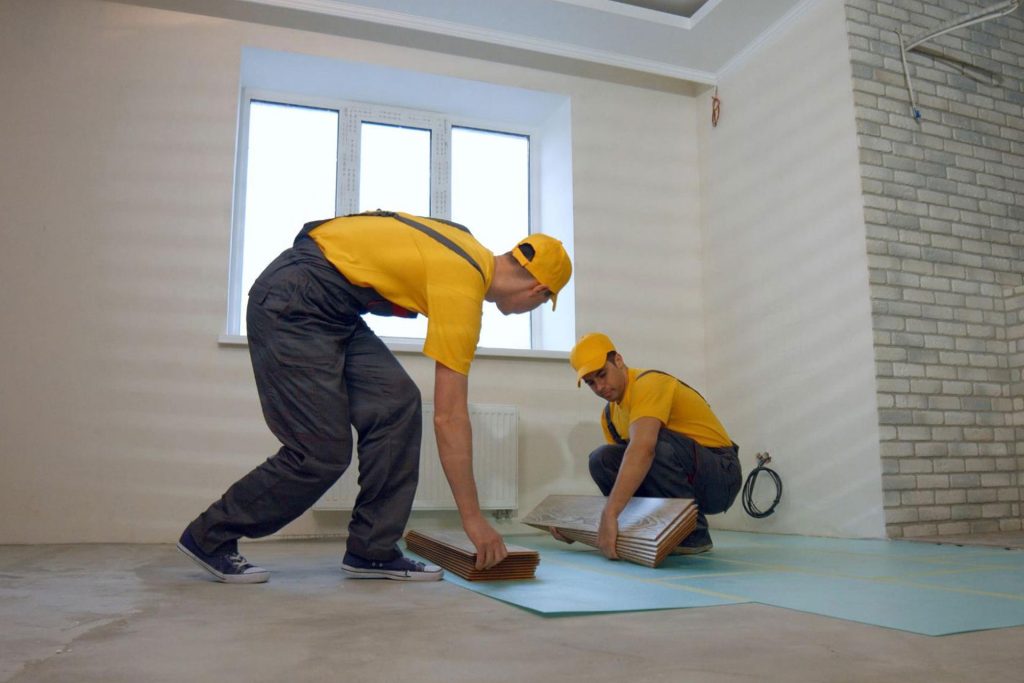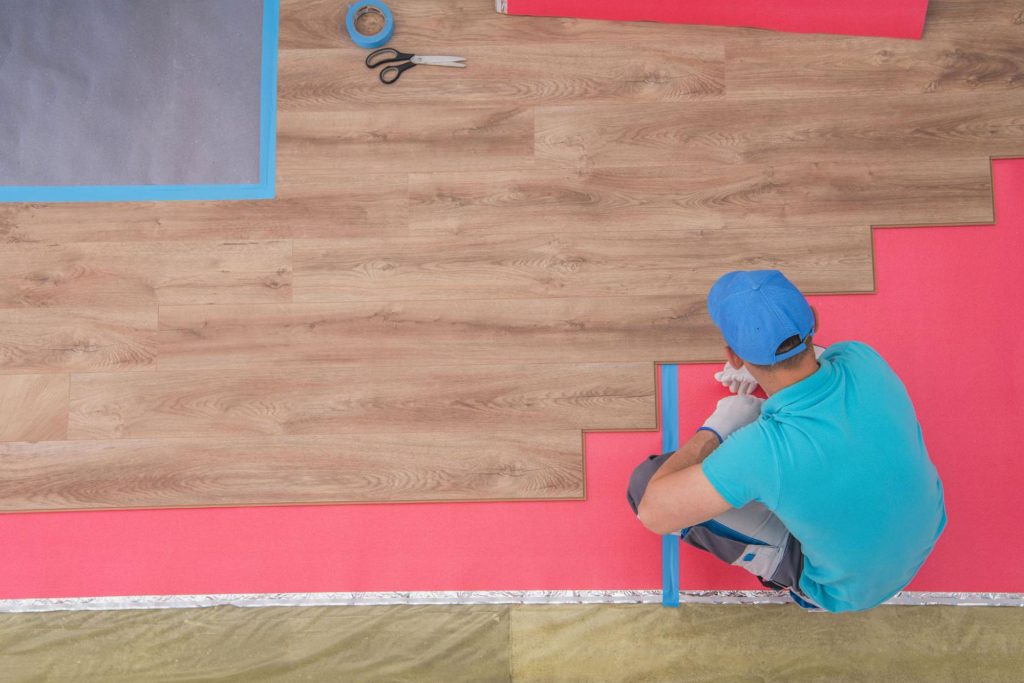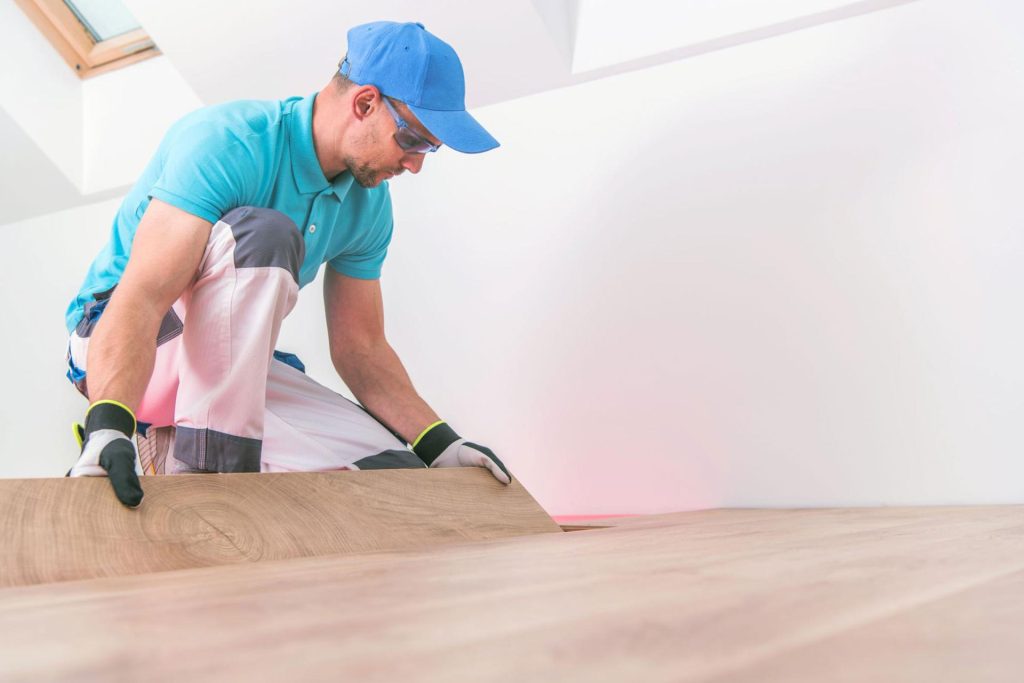Aside from choosing quality flooring options for your home or business and knowing how to properly maintain your flooring, it is also a must for you to take into great consideration how your flooring installation will be done. A well-designed flooring material does a good job of improving the aesthetics of any interior or exterior area, but if the flooring installation wasn’t done right the first time, it can result in costly repairs and shorten the lifespan of the flooring itself — and we don’t want that, right? So to help you with that, we have listed down some of the flooring installation mistakes you need to avoid.
1. Neglecting the Moisture Level
Every type of flooring material has certain issues that can potentially arise during the installation process. Hardwood flooring, in particular, is easy to install, but it can be quite a sensitive material considering that it quickly absorbs moisture. That’s why too much moisture and at times, lack of moisture is often seen as one of the biggest problems with wood flooring. This doesn’t have to be a problem if the moisture levels were not neglected.
If you’re planning a DIY installation for your wood floors, make sure that you check the moisture levels first before proceeding with the installation using a wood moisture meter. However, for better results, it’s still advisable to entrust the flooring installation to experts as they know what to do and how to take action in case some flooring issues arise.
2. Not Cleaning the Subfloor
A subfloor is a layer or structure that’s attached to the joists, which serves as a support for your flooring. Having a subfloor is necessary, especially for high-traffic areas in the house since the finished flooring alone is not connected to the joists and is not strong enough to carry the dead weight of heavy and large furniture items, as well as the weight of people and pets.
If a subfloor hasn’t been cleaned, it will eventually accumulate dirt and debris. And when these contaminants are not removed, they may end up sticking to the final floor finish or getting stuck under it. Keep in mind as well that putting wood floors over a dirty subfloor won’t do any good to your flooring. See to it that the subfloors have been dusted off before the flooring installation begins.
3. Installing Tile Over Concrete
Some still opt to install tile over concrete, but it’s advisable not to do so. This is because concrete can incur reflective cracking caused by different factors such as shrinkage cracks in asphalt movement or low temperatures, which can create tension, resulting in the tile to crack.
In the event that tile is installed over concrete, it will need some precautions to avoid cracking, and an uncoupling membrane is a good solution to that. Uncoupling membranes work to absorb substrate movement and eliminate the transfer of stress to the tile layer, helping to prevent any loose or cracked tiles. It’s also more advisable to use uncoupling membranes instead of cement boards to avoid cracking in the tile since uncoupling membranes act as a buffer layer. However, it’s still worth noting that uncoupling membranes don’t always exactly work as efficiently as you would expect them to, since it is unable to uncouple two surfaces at once when the concrete tilts or cracks.
4. Not Checking the Floor Leveling
Installing new flooring may seem easy nowadays because of all the DIY flooring materials and tools you can access. But it will still require knowing how to level the flooring. Having limited knowledge in properly flooring installation may lead to a faulty result.
To ensure a successful flooring installation, you will need to check the floor leveling. Ignoring this part of the process results in a sloppy or sagging floor, which is common with uneven floor surfaces.
5. Not Following the Right Curing Time
Just like any other process, proper and quality flooring installation takes time. Curing is an essential part of the flooring installation process as it ensures that your floors are kept from drying, shrinking, and cracking. The cure time involves having to maintain the right amount of moisture and temperature – the time that it requires for all of the solvents or liquid carriers to evaporate from the surface and fully harden. Not following the right curing time or rushing the process will result in premature drying, and you won’t achieve the kind of floor finish you want.
Choosing the right flooring material, of course, is one of the significant factors that contribute to a quality, long-lasting flooring for your home or office space. But ultimately, it boils down to how the flooring installation process was done. Skipping any of the necessary steps that make up a successful flooring installation can result in more costly problems because of all the repairs and unforeseen issues. Despite having access to various DIY flooring solutions, it’s still best to have your flooring installation done by professionals, so that you don’t have to risk dealing with costly flooring mistakes.
Looking for a team of professionals to work on your flooring installation? Contact us today!













